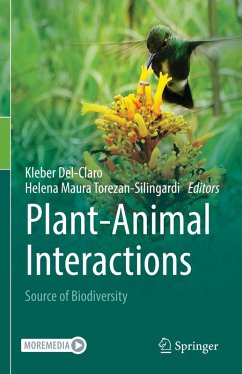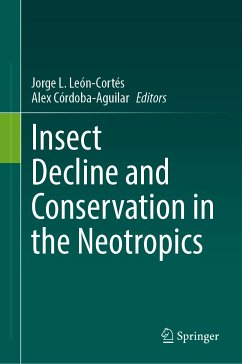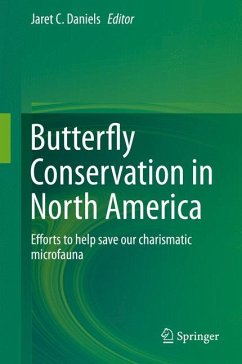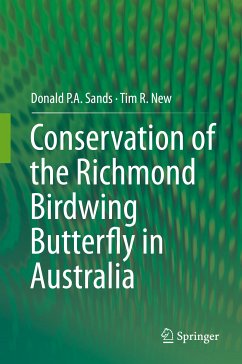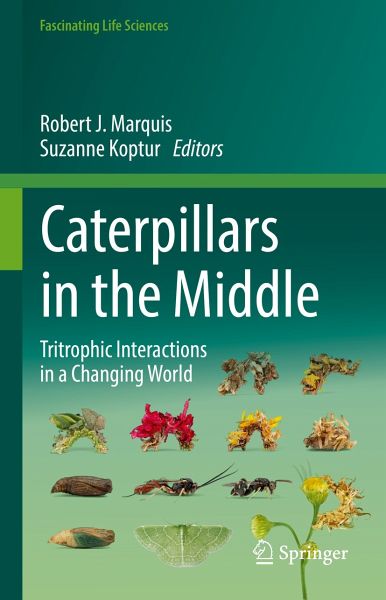
Caterpillars in the Middle (eBook, PDF)
Tritrophic Interactions in a Changing World
Redaktion: Marquis, Robert J.; Koptur, Suzanne
Versandkostenfrei!
Sofort per Download lieferbar
64,95 €
inkl. MwSt.
Weitere Ausgaben:

PAYBACK Punkte
32 °P sammeln!
Caterpillars are excellent model organisms for understanding how multiple selective forces shape the ecology and evolution of insects, and organisms in general. Recent research using the tools of modern molecular biology, genetics, metabolomics, microbial ecology, experiments conducted at a global level, network analysis, and statistical analyses of global data sets, combined with basic natural history, are yielding exciting new insights into caterpillar adaptations and ecology. The best way to view these research advances is within a framework of tri-trophic interactions. This is a timely top...
Caterpillars are excellent model organisms for understanding how multiple selective forces shape the ecology and evolution of insects, and organisms in general. Recent research using the tools of modern molecular biology, genetics, metabolomics, microbial ecology, experiments conducted at a global level, network analysis, and statistical analyses of global data sets, combined with basic natural history, are yielding exciting new insights into caterpillar adaptations and ecology. The best way to view these research advances is within a framework of tri-trophic interactions. This is a timely topic for research given the central role of caterpillars and plants in the ecology and trophic structure of terrestrial communities. This book is unique in that it contains chapters from a team of experts on a diversity of key topics within caterpillar-plant interactions. This volume brings together contributions by researchers from around the globe, working in both tropical and temperate habitats,and in human-managed and more natural habitats. It is a significant contribution to our understanding of insect biology, and the role that insects, as represented by caterpillars, play in a world increasingly dominated by humans and one in which threats to insect biodiversity are mounting.
Chapter 11 is available open access under a Creative Commons Attribution 4.0 International License via link.springer.com. The Natural History of Caterpillar-Ant Associations" is available open access under a Creative Commons Attribution 4.0 International License via link.springer.com.
Chapter 11 is available open access under a Creative Commons Attribution 4.0 International License via link.springer.com. The Natural History of Caterpillar-Ant Associations" is available open access under a Creative Commons Attribution 4.0 International License via link.springer.com.
Dieser Download kann aus rechtlichen Gründen nur mit Rechnungsadresse in A, B, BG, CY, CZ, D, DK, EW, E, FIN, F, GR, HR, H, IRL, I, LT, L, LR, M, NL, PL, P, R, S, SLO, SK ausgeliefert werden.



